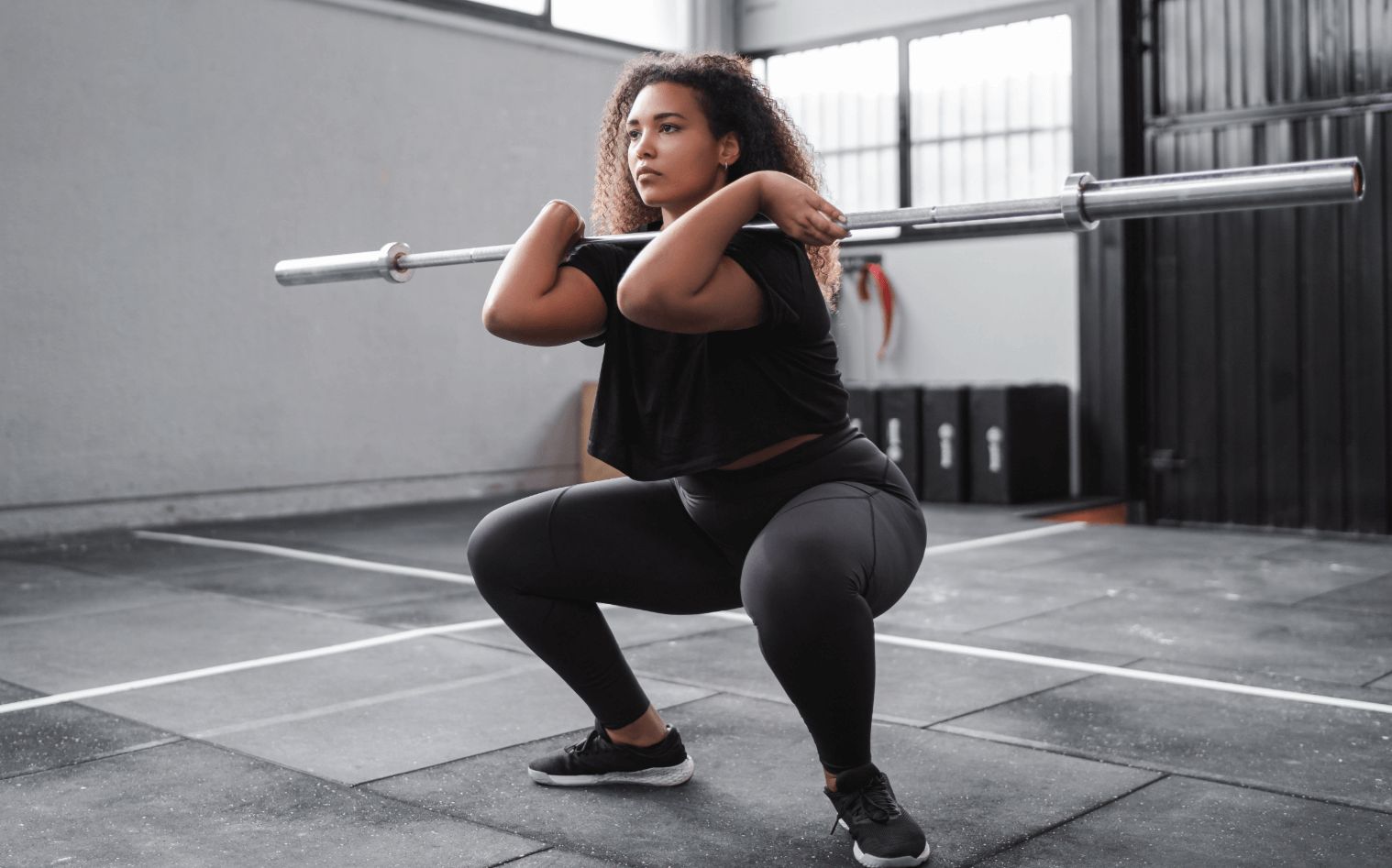- Thriving Guide
- Posts
- The Full-Body Benefits of Squats
The Full-Body Benefits of Squats
From improving balance to boosting calorie burn, here’s why this foundational movement deserves a place in your daily routine regardless of age or fitness level.

Squats might be known for sculpting strong legs and glutes, but the benefits of this simple movement go far beyond building muscle. As a compound exercise that engages multiple muscle groups, squats can improve your overall mobility, protect against injury, and even support weight management and mental clarity.
Whether you’re working out at home or returning to strength training, here are five surprising reasons to make squats a regular part of your routine.
1. They Help Prevent Injuries At Any Age
Squats strengthen not just your muscles, but your joints and connective tissues, too. As a compound movement one that works multiple joints and muscle groups at once squats build coordination, balance, and body awareness. These skills are especially valuable as you get older.
Squats engage the knees, hips, and ankles simultaneously, which promotes better stability during daily tasks.
Stronger muscles and more stable joints reduce your risk of falls, sprains, and strain-related injuries.
Improved balance from squatting regularly can support confident movement, especially for older adults.
2. They Strengthen Your Core Without Crunches
You may not realize it, but your core is working hard during every squat. That’s because the movement requires you to stabilize your torso as you lower and lift your body.
Core muscles activated include the transversus abdominis, obliques, and erector spinae (spinal stabilizers).
A strong core improves posture, reduces back pain, and enhances your ability to lift, twist, and move with control.
Plus, strengthening your core through squats is gentler on the neck and spine than many traditional ab exercises.
3. They Burn More Calories Than You Think
Because squats activate large muscle groups like the quadriceps, hamstrings, and glutes they require more oxygen and energy than isolated movements. That translates to more calories burned in a shorter amount of time.
Your body burns approximately five calories per liter of oxygen consumed during activity.
Compound movements like squats use more oxygen, making them a powerful addition to fat-loss or weight-management goals.
Even body-weight squats, when done in a circuit or higher-rep format, can get your heart rate up and boost your metabolism.
4. They Enhance Daily Mobility and Ease of Movement
Squats mimic the natural movements you perform every day: sitting down, standing up, picking things up from the floor. Practicing squats helps train your body to do these things more safely and efficiently.
A stronger lower body improves your ability to climb stairs, get in and out of chairs or cars, and carry groceries.
Improved neuromuscular coordination helps reduce stiffness and supports fluid, pain-free movement.
As you get older, maintaining independence often comes down to your ability to move freely and without fear squats can help preserve that freedom.
5. They Boost Flexibility and Range of Motion
Squatting regularly improves flexibility in the hips, knees, ankles, and lower back key areas that often tighten up due to sedentary lifestyles or aging.
A 2021 study published in the Journal of Exercise Science and Fitness found a strong relationship between squat mechanics and flexibility in the lower extremities.
With regular practice, squatting can increase your depth and comfort in the movement, helping you move better overall.
Improved flexibility supports everything from better posture to less joint pain, and may even enhance athletic performance in sports or recreational activities.
Pro tip: As your flexibility improves, consider gradually deepening your squat or widening your stance to discover what feels most stable and effective for your body.
Muscles Worked During a Squat
Squats work far more than just your legs. Here's what’s engaged during a standard body-weight squat:
Quadriceps (front of thighs)
Hamstrings (back of thighs)
Gluteus maximus and medius (buttocks)
Erector spinae (spine stabilizers)
Core muscles, including the transversus abdominis and obliques
How to Do a Basic Squat with Good Form
Stand with feet about hip-width apart, toes slightly turned out.
Clasp your hands together in front of your chest.
Keep your chest lifted and hinge at the hips as if sitting back into a chair.
Push your knees outward and lower your body until thighs are parallel to the ground.
Press through your heels to return to standing.
Take your time and prioritize form this ensures maximum benefit while minimizing risk.
Things to Watch Out For
Poor form can lead to injury, especially if you progress too quickly. Common mistakes include:
Leaning the torso too far forward, which strains the lower back
Rounding the spine, especially in the lower back
Allowing knees to extend past the toes, increasing knee joint stress
Squatting too deep without flexibility, which can lead to compensation and poor alignment
Lifting weights that are too heavy, compromising form and control
If you’re unsure, a physical therapist or fitness professional can help assess your squat mechanics and guide you with safe modifications especially if you’re managing joint issues like arthritis.
From daily function to long-term joint protection, squats offer benefits that reach far beyond leg strength. And best of all? You can do them anywhere, anytime, at any fitness level.
Share this article with someone building their strength or subscribe to our newsletter for more fitness-focused wellness tips.